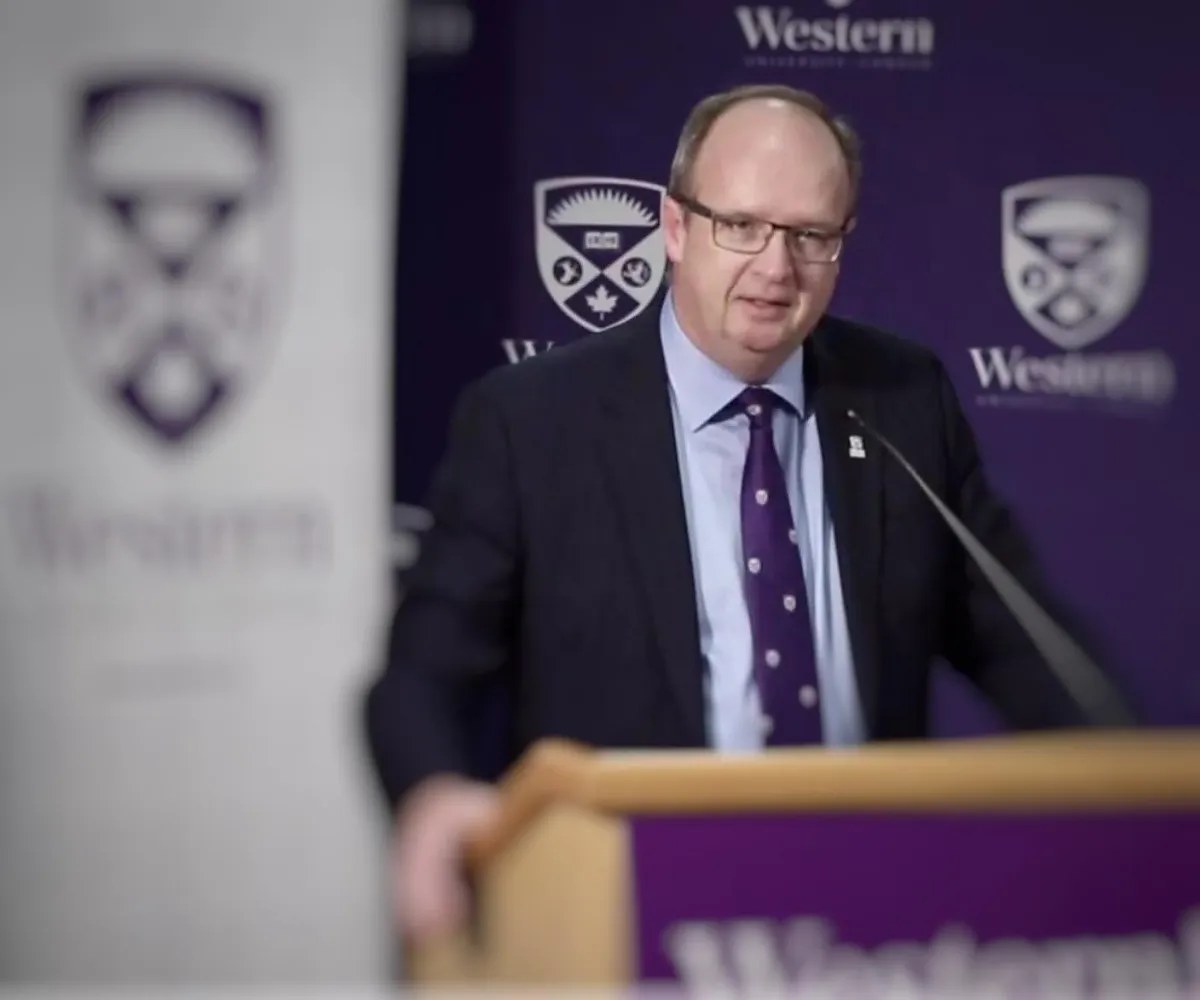
What Exceptional Leaders Know About Media Interviews (That Others Don’t)
What Exceptional Leaders Know About Media Interviews (That Others Don’t)
Most executives believe they’ll rise to the occasion when the media's microphones and cameras are rolling.
But the best leaders don’t wait to be tested; they prepare to perform.
I learned that early in my career, standing shoulder to shoulder with a high-profile government official during a live media scrum. I was working for an Ontario cabinet minister during a series of meetings in Ottawa, and it was time for our first formal media training experience together.
Our trainer, a seasoned expert who’d worked with countless Parliament Hill MPs over the years, introduced us to the notion of discreet but powerful system of physical signals to develop as a team … a nudge to stay on message, a touch on the arm to begin wrapping, and, if necessary, a firm grab that meant “We’re leaving — Now!”
It may sound dramatic, but in high-pressure political environments, media interviews can escalate fast. A misunderstood comment, an open-ended response, or an awkward exit can turn a short Q&A into a days-long controversy. We weren’t just learning how to answer questions; we were learning how to lead, visibly, under pressure.
That experience shaped how I’ve trained spokespeople ever since.
Why Media Training Isn’t What You Think It Is
Too often, media training gets mistaken for coaching on how to “speak clearly” or “stay calm.” That’s part of it, but it barely scratches the surface.
Media interviews are not conversations. They’re curated performances in artificial environments, where the stakes can be extremely high, especially for corporate leaders, healthcare professionals, or anyone representing a publicly funded institution.
Being able to talk doesn’t make you media-ready.
True media training builds your ability to:
Represent your organization with credibility, leading to trust.
Deliver consistent, memorable messages.
Handle curveball questions with clarity, not panic.
Recognize when to pivot, pause, or wrap with authority.
You’re Not Just a Spokesperson. You’re the Signal.
When a leader speaks to the media, they send a message to more than just reporters. Investors, regulators, partners, boards, and internal staff are all watching or listening.
Whether it's a proactive story about innovation or a high-stakes interview during a crisis, your communication becomes the organization’s signal about how it leads, how it takes responsibility, and how it earns public trust.
If you don’t shape the story, someone else will.
The Giant Beaver (and Bieber) Lesson
Some of the most powerful media lessons I’ve learned came not from politics or healthcare, but from universities, particularly when working with researchers who suddenly found themselves in the media spotlight.
Take the time our team at Western University supported an anthropologist who helped discover an extinct, six-foot-long species of giant beaver. Amazing science. But how do you make that land with the public?
One of our media officers, Jeff Renaud, had a brilliant idea: illustrate the size of the ancient creature by comparing it to a modern Canadian icon. He created a visual of the giant beaver standing next to… Justin Bieber. The contrast made it instantly understandable — and the story took off.
The takeaway? When you can make your message relatable, the media, and by extension the public, will do the rest. When you don’t, your story may never be told at all.
Crisis Doesn’t Wait for You to Be Ready
The ability to perform in an interview is often tested not in calm moments, but in crisis.
I’ve supported spokespeople during cyberattacks, emergencies involving fatalities, government funding announcements, and sudden negative reputational issues. These moments don’t come with warning. And executives don’t always recognize how critical their response is, often until it’s too late.
Rushed interviews. Deferred prep. Declined opportunities. These decisions may feel minor in the moment, but they can carry heavy reputational consequences that can linger.
In a crisis, silence can look like avoidance, or worse- Guilt. And unpreparedness or refusal to talk often looks like indifference.
Media Training is Leadership Training
The media may be the medium but the real goal is connection. When executives are media-ready, their ability to speak with clarity and confidence naturally extends to:
Town halls
Board presentations
Investor Q&As
Conferences and keynote stages
Strategic partner briefings
What starts as media preparation becomes communication excellence.
And when that’s in place, your brand doesn’t just sound good — it stands strong.
Ultimately, You Represent More Than Yourself
If you're in a leadership role, your words have weight. Media training ensures that weight is carried with intention and not left to chance.
Whether you’re selling a story, addressing a crisis, or simply being asked to explain your organization’s next big move, your ability to communicate well is your most visible and valuable leadership skill.
Reach out so that we can train for that moment, together, before it arrives.
